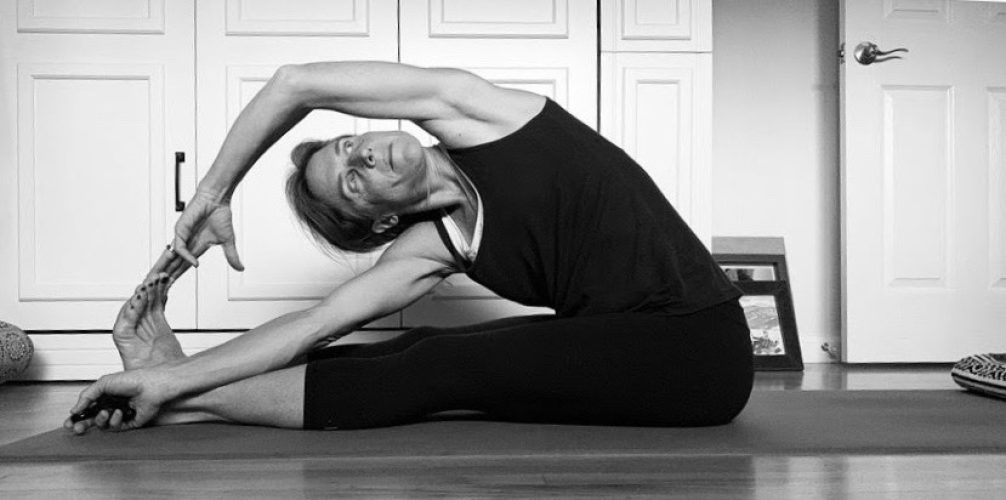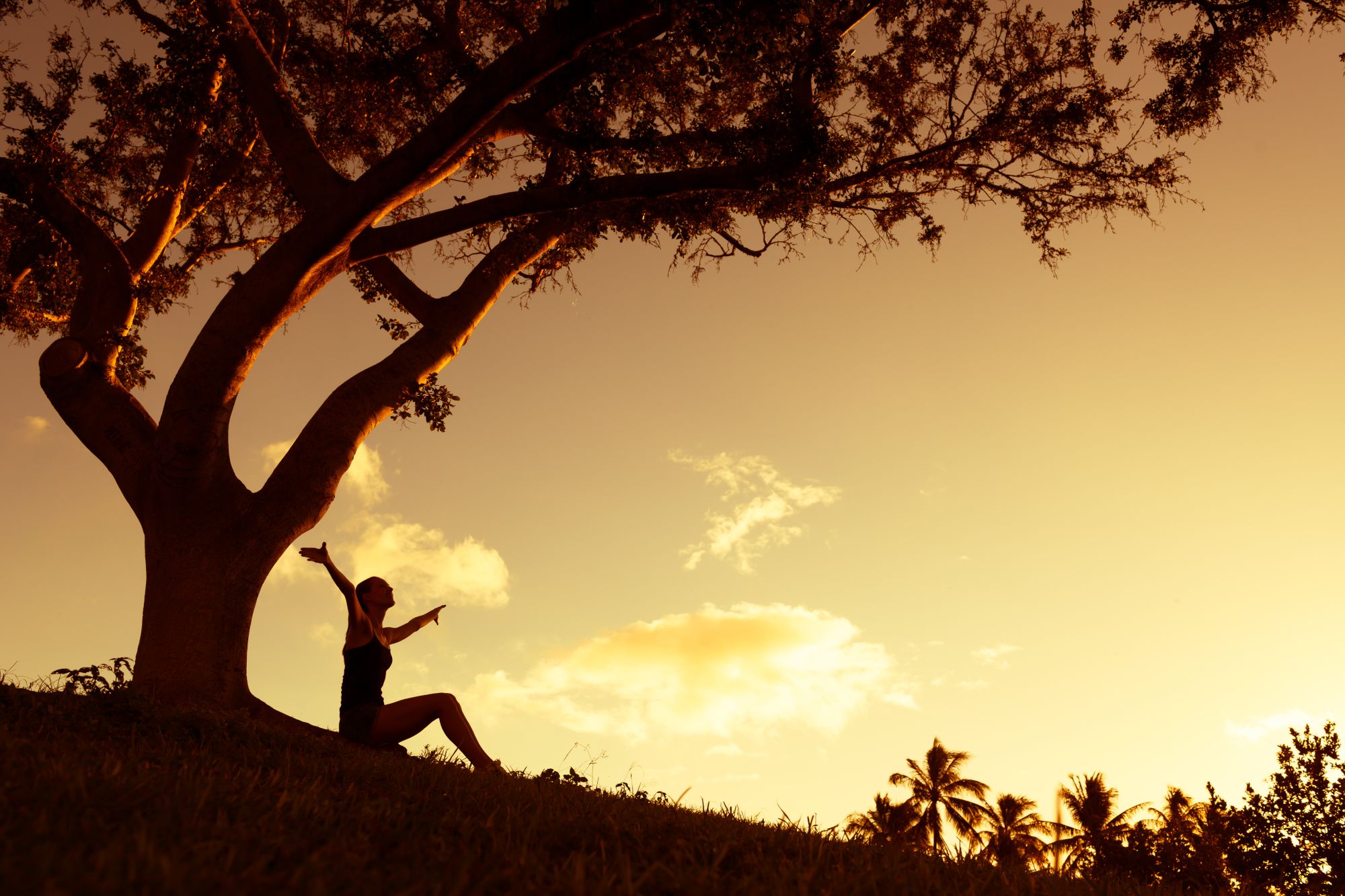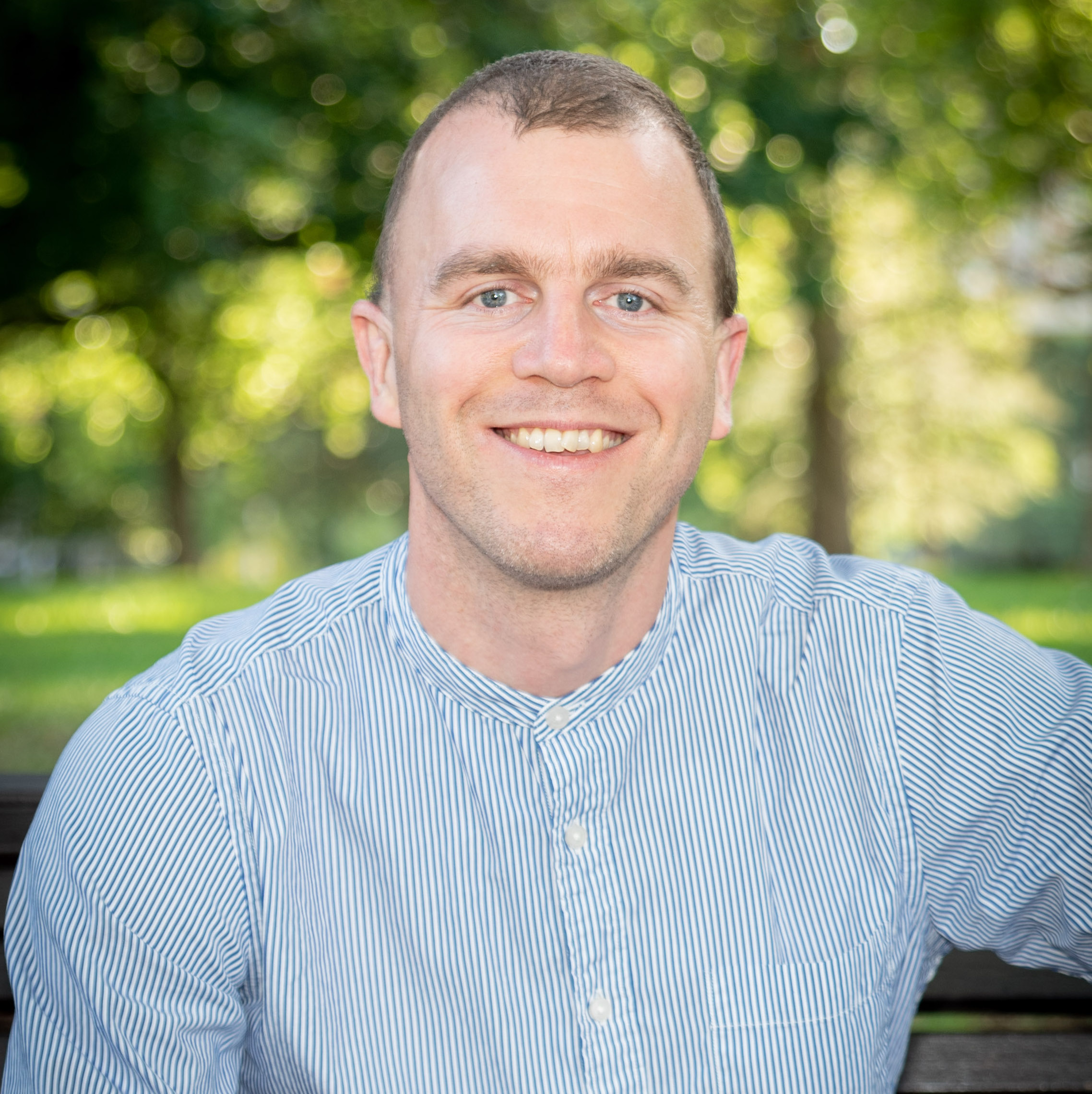This spring, teaching remotely, I wasn’t sure I had ever worked so hard in my life. Now, with school out and recent events around anti-racism taking center stage, I know I have never worked so hard in my life.
These “workings” look a little different, and they demand different levels of emotion and time commitments. Teaching remotely, I felt a sense of commitment to my students and their families who relied on me to provide them with structure, security, and quality content. I also had to balance this with my own family’s needs. I learned a lot about technology, communication, and how we socially engage.
Since the end of May, when the event in Minneapolis broke the silence of racism in our country, I have felt a sense of commitment to my family, my community, and myself to be nothing but truthful: truthful to myself, and to others. I am doing a lot of work around finding that truth and doing something with it.
In each of these situations, I first felt overwhelmed, then, with deliberate, internal investigation, some risk-taking, and social collaboration, I began to find stability that did not necessarily reduce the level of anxiety or time commitment, but that gave me focus and energy to pursue something very important.
First, I sat with what I was sensing. I used all my critical senses here – what am I hearing? What am I seeing? What am I feeling? Then – how do I feel about what I am hearing and seeing and feeling?
I read, and read some more. Then (and often simultaneously with reading), I engaged in conversations. This was (and is) the most important part of the work. Conversations give us the space to process the reading we are doing, to vocalize our questions, to hear how others respond to the same words…but perhaps differently. Conversations can be the hardest, too, because we have to first find the people, establish safety with them, and then be open to participating. These conversations take courage.
This spring, I experimented with online platforms, ways to make learning content fun, creating live gatherings for my students to connect with each other. I simultaneously engaged with my colleagues; we shared what was working and what wasn’t. We commiserated. We learned from each other and then we went and tried things out – we did the work. And, in doing the work, we found failures and successes, both of which pushed us forward and taught us equally.
Embracing the topic of racism and social justice in America has also taken work. In the beginning, I was scared, vulnerable, innocent, superbly uncomfortable. But, something in me (and I attribute this inclination in part to my yoga practice) told me that I needed to push myself, that I was doing the right thing. I had to create space for this learning, which is also where my long-standing yoga practice served me.
Similar to the way in which I entered the new mode of teaching online, I read, and read some more. I read to know myself as a white person. I read to know myself as a parent and community member. I read to know how to talk to my children. I also read to understand the subtleties and pervasiveness of the issues at hand. Also, similar to the distant virtual learning experience, I can’t just read; I have to also talk to others. I need to make room for the space to talk, question, understand, challenge, and open up. At school, I participated in book clubs and affinity groups around these equity issues. Now, I am talking with friends and with my husband, and I am finding opportunities in other communities, including Breathe Together Yoga, to talk and share.
The whole yoga practice provides a path and tools for self-inquiry. It is a web of lenses that help us see ourselves and our world from different angles, so that we can discern what really matters and make space for more. Whether we know it or not, all eight limbs are at play, at varying degrees, and at different times. A couple of years ago, in the early stages of my 300-hour training, I was asked, why do I practice yoga? My answer was simple: I practice yoga now more than ever to stay true to myself as I age. I read this now and see it as a commitment to accepting change. And, because that is hard, the yoga practice helps. I come to class where the Breathe teachers make their offerings, like mini dharma talks, and I store them in my heart and mind, to process and interweave with what I know or what I thought I knew. I emerge from the practice usually refreshed and more spacious. What this has looked like over time is an ability to go inside and find space to receive (even those things that I am not so sure about), and then figure out how they play out in my own life.
Jennifer Prugh, owner of Breathe Together Yoga, has often asked her students to think of a word that suggests an area of their life they want to work on, where they would like to put some time and energy. More often than not, the word that comes to me (and that she also offers as a suggestion) is courage. The Latin root of the word is cor, meaning “heart.” Early definitions of this word meant “to speak one’s mind by telling all one’s heart.” While today we associate courage to mean bravery and fearless, I think it’s helpful to think of it in its original state because (at the very least), we can have courage by listening from our hearts, and, in doing so, find more common ground, more stability, more trust, and more growth.
I do believe that if we can embrace courage and speak from our hearts, we will be our truest selves, most open to receiving and to change. We will be able to sit with discomfort and find more space for growth. The work will not get easier, but it will feel right.














